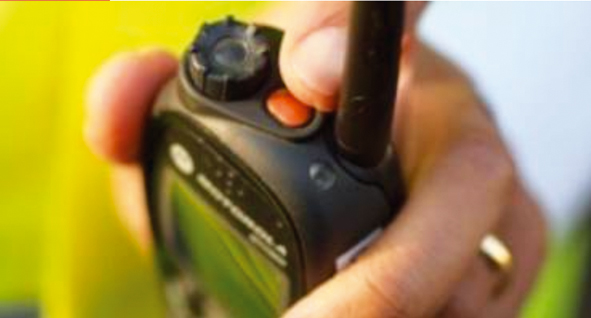Policing with a mobile
Humberside Police has announced a joint venture with the mobile phone provider Orange to test a number of smart phones as part of its Neighbourhood Policing Pathfinder Project.

Humberside Police has announced a joint venture with the mobile phone provider Orange to test a number of smart phones as part of its Neighbourhood Policing Pathfinder Project.
The force has already gained experience of using mobile phone technology as it has been piloting a system to improve the efficiency of its management teams with the use of mobile telephony. The initial stage of the project was so successful that the force is now looking to use similar techniques within its Pathfinder project.
Roy Macdona, computer development manager, Humberside Police, told the BAPCO Journal: We were being driven to provide Blackberries to our non-operational staff, however, we avoided this as we believed if we waited the mobile phone industry would have matured further and handsets using windows applications would be developed.
Moving its use of mobile handsets into more operational duties began within one area division.
Scunthorpe was selected and initially 60 devices SPV3100 handsets and ten M700 handsets were issued to community officers. Initially the mobile phones will enable officers to check their email, but also use the handsets as a means of voice communication. The intention is to use this trial to confirm the efficiency gains that the system can provide to officers. The hope is that the phones will eventually enable officers to do PNC checks.
Acting Superintendent Chris Baker (B Division) said: The roll out of this equipment represents a major step for operational officers. It means they can be kept informed in crime trends, daily business, latest hot spot analysis and 24/7 email access enabling them to be even more responsive and flexible. In addition, this direct access for the public will naturally lead to improved service delivery by the force.
The mobile phone is certainly proving itself to be a device that can help the police and other emergency services better carry out their duties. One good example of this came in Canada where a new system created by a joint venture with the University of Toronto and the computer chip maker Intel successfully located a heart attack victim within a skyscraper.
The new system, called Skyloc, can estimate the location of a caller in high-rise buildings to within two floors. As an example, if a victim was in the Empire State Building, which covers 204,000 square metres, Skyloc could reduce the search area to just 2,000 square metres.
Skyloc uses simple triangulation to locate the handset being used from the mobile phone masts it is closest to. This position fingerprint is unique to the phone and can be located in the horizontal and vertical positions, thus locating the phone to within a very small search area.


